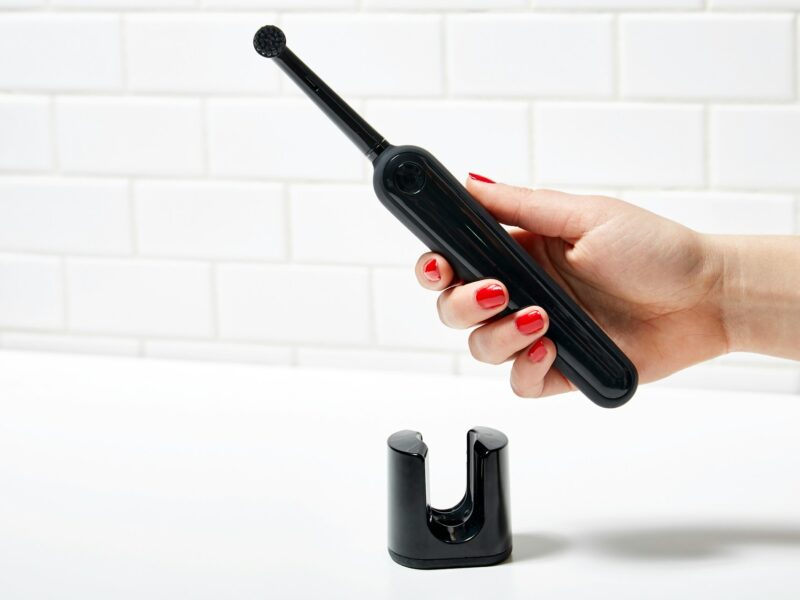Medical imaging has seen its fair share of advancements over the years, with the conventional C-arm being a handy predecessor of the Orthoscan arm. The latter, however, relatively new to the medical field, has already helped reshape the industry, with its groundbreaking applications cutting down time and costs for surgeons. Listed are some of its applications that have paved the way for significant medical progress.
Contents
Helps In Real Time Diagnosis and Surgical Treatment
Unlike other imaging options like X-rays that provide single-shot imaging, the Orthoscan C-arms help capture continuous imaging. This allows it to display real-time data in video form, making it more efficient for medical experts to view footage of target organs and tissues. The result is a quick and accurate diagnosis, reducing the intervention period needed for successful treatment.
Due to its continuous imaging, surgeons can also perform intravenous surgeries due to continuous snapshot imaging. Additionally, procedures such as catheter placement and cardiac catheterization have improved tremendously due to the use of Orthoscan arms.
Improved Lateral View Imaging
The C-arm has remarkable motion ranges, including over and under-head scans, not to mention lateral viewing. The latter especially comes in handy in helping with imaging fractures and dislocations in hidden spots, reducing the movement of patients during scans. To note is that it comes with a lock for holding the arm and a disengage option, making it easier to handle.
Provides High-Resolution Images That Last For the Long Term
Imaging from Orthoscan procedures is clear and sharp due to its high-resolution capabilities, allowing medical practitioners to identify the underlying issue quickly. This quality remains crisp even when magnified, providing even more depth to the ailment. This high quality likely comes from the narrow beams and pulse fluoroscopy that provide intelligent imaging. The trickle-down effect is reduced radiation to staff and patients due to minimal scattered radiation during scanning, improving safety where longer scans are essential.
The above features make the C-arm ideal for examining the feet, hands and ankles. While it will likely be prevalent for detecting sports-related injuries, it will also be helpful in pediatric centers and pet clinics due to its improved safety.
Benefits of the Orthoscan C-Arm
In addition to the above applications, the C-arm also has its unique benefits, as listed below:
Improved Image Conversion
The Orthoscan C-arm provides excellent real-time imaging data conversion, reducing the need for additional staff, such as radiologists. Surgeons get imaging conversion during operation procedures, allowing them to diagnose, monitor, and undertake urgent and scheduled surgical interventions.
Small Size
Its relatively small size makes it portable within the workplace, providing great access for personnel to manipulate. It can be easily positioned to match the patient’s imaging needs, reducing unnecessary movement during surgical procedures and tests.
Cost-Effective
The Orthoscan C-arm has proved helpful in helping medical centers reduce labor costs that often trickle down to patient bills. Facilities can operate more efficiently due to this technology, minimizing costs for their daily and annual operations. This helps them channel funds into other projects that could benefit from these funds.
The Orthoscan C-arm has only scratched the surface of what is possible in the medical world, with its applications providing significant benefits to both patients and medical experts. Among its prevalent uses are its use in effective diagnosis and surgical treatment, improved lateral imaging, and excellent high-resolution scans. With these in mind, the purchase of an Orthoscan C-arm will be worth your while.



